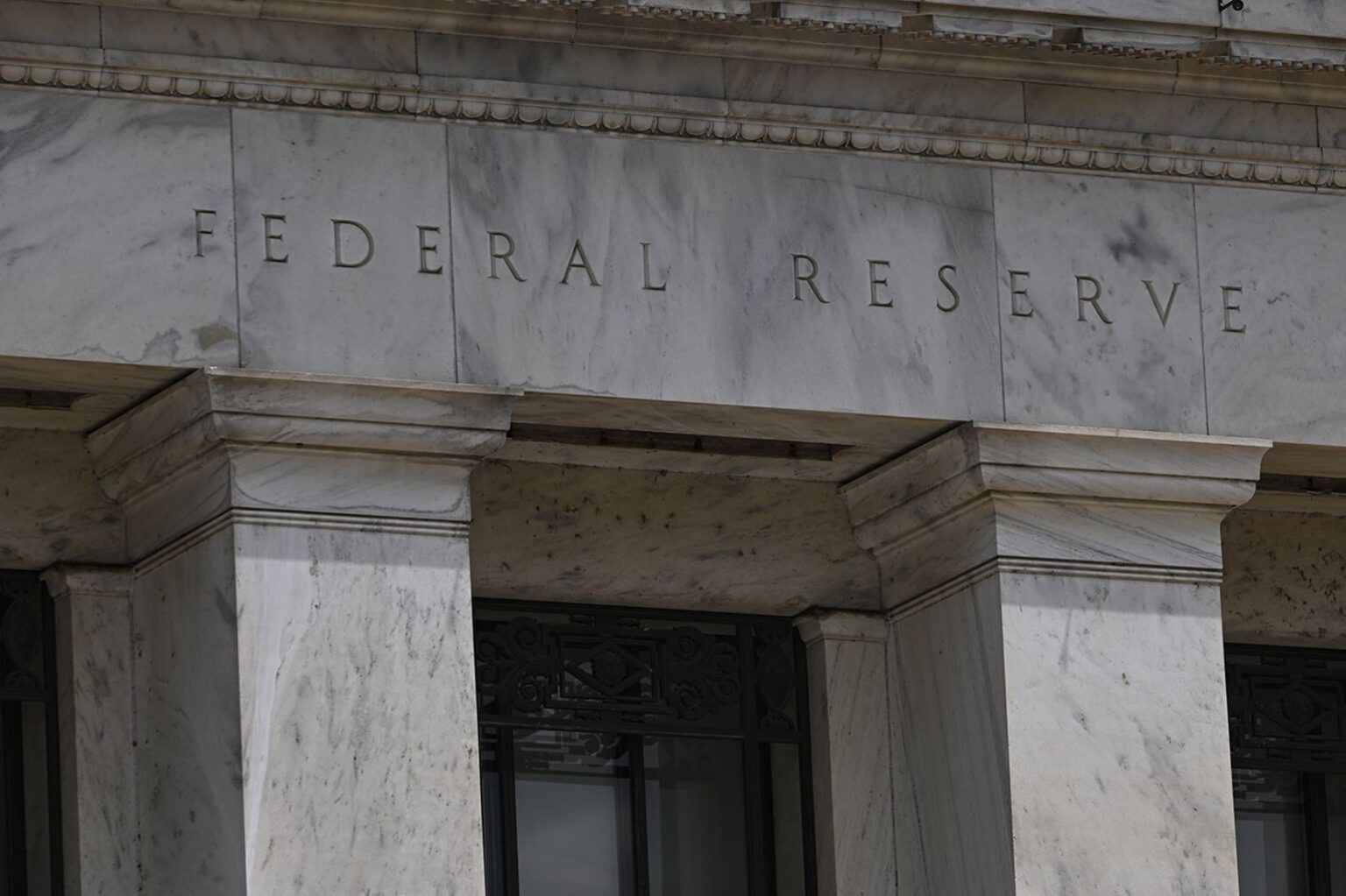In recent years, the cryptocurrency market has experienced substantial growth and transformation, significantly impacting the global financial landscape. This evolution is characterized by groundbreaking policy changes, such as those recently implemented by the US Federal Reserve. These changes signify a new era for banks and financial institutions, allowing them to engage more freely with crypto-assets. This article explores the implications of these regulatory shifts on the banking sector, their influence on the cryptocurrency market, and the future prospects of digital finance.
US Federal Reserve’s Policy Shift: A New Dawn for Crypto Banking
The US Federal Reserve’s recent announcement marks a pivotal moment for the intersection of banking and cryptocurrency. By lifting the restrictions that required banks to provide advance notice before delving into cryptocurrency businesses, the Fed has overturned a cautious and restrictive era. This development is indicative of a broader acceptance and recognition of digital assets within traditional financial systems. While banks now possess the liberty to explore crypto and stablecoin ventures without seeking special authorization, they remain under regular supervision to ensure compliance and stability.
Fulfilling Campaign Promises and Advancing Crypto-Friendly Policies
In alignment with the Trump administration’s pledge to create a crypto-friendly environment, this regulatory shift dismantles prior constraints that hindered banks from engaging legitimately in blockchain-related activities. According to banking industry analysts, this move completes the gradual repeal of limitations imposed on financial institutions looking to participate in the burgeoning digital asset market. The Federal Reserve’s actions resonate with earlier decisions by the Federal Deposit Insurance Corporation (FDIC) and the Office of the Comptroller of the Currency (OCC), who also rescinded their crypto guidance letters.
Overcoming Past Barriers: The Road to Unrestricted Crypto Engagement
Previous policies mandated banks to alert their supervisory contacts at the Federal Reserve before undertaking any crypto-asset-related endeavors. This protocol was established following a series of crises within the digital currency sector in 2022, which spurred regulatory bodies to caution against potential risks. However, these restrictions frequently led to denied requests from banks aspiring to enter the crypto space, as evidenced by a lawsuit between the FDIC and cryptocurrency platform Coinbase.
Adopting a Standardized Supervisory Approach
The Federal Reserve’s current strategy involves treating cryptocurrency operations as part of its standard bank oversight procedures, eliminating the need for special pre-approval. This shift includes retracting its 2023 policy that restricted stablecoin involvement, often referred to as “dollar tokens.” The Fed has also distanced itself from two joint statements with other agencies warning of potential fraud and misinformation associated with digital currencies.
Opportunities Arise for Banking and Cryptocurrency Sectors
This regulatory relaxation is expected to streamline compliance requirements and open new avenues for banks interested in crypto assets. The Federal Reserve plans to collaborate with other agencies to determine if further guidance is necessary to facilitate innovation and digital asset business. This decision complements a recent resolution by the Securities and Exchange Commission, which reversed a ruling that had forced banks to classify crypto holdings as liabilities. Though the Fed will continue to monitor digital asset risks, it will do so through regular oversight instead of imposing special limitations.
FAQs on the Federal Reserve’s Crypto Policy Change
How does the Federal Reserve’s policy change impact banks?
The Federal Reserve’s policy shift allows banks to engage in cryptocurrency and stablecoin businesses without the need for prior approval. This change simplifies the process, enabling financial institutions to explore digital assets more freely while still being subject to standard supervision.
What was the purpose of the previous restrictions on banks regarding crypto activities?
The earlier restrictions aimed to mitigate potential risks associated with the volatile cryptocurrency market. Following several crises in 2022, regulators required banks to provide notification before engaging in crypto-related activities to ensure thorough evaluation and risk management.
Will the Federal Reserve continue to regulate digital assets?
Yes, the Federal Reserve will maintain its supervisory role over digital assets, but it will integrate these responsibilities into its standard bank oversight procedures. This approach allows for consistent monitoring without imposing additional constraints.
What does this mean for the future of cryptocurrency in traditional banking?
This policy change indicates a growing acceptance of digital assets within traditional financial systems. As banks begin to explore crypto more openly, it is expected to foster innovation, increase market participation, and enhance the integration of cryptocurrencies into mainstream finance.

